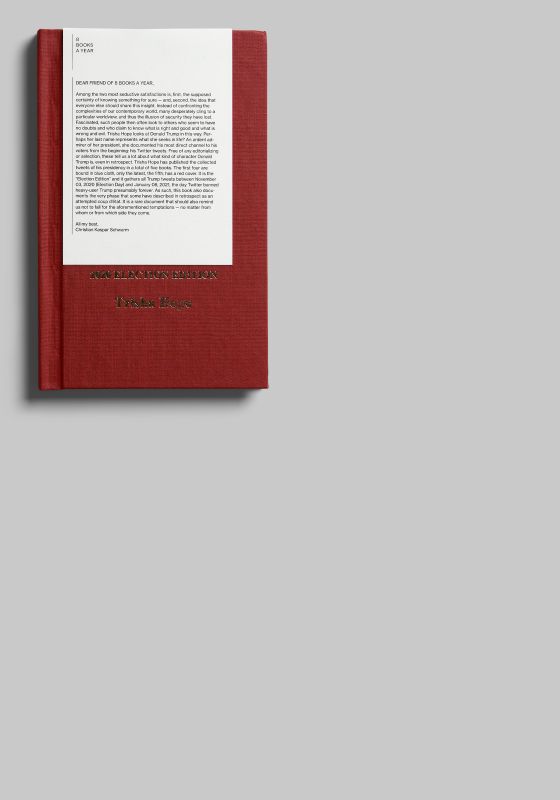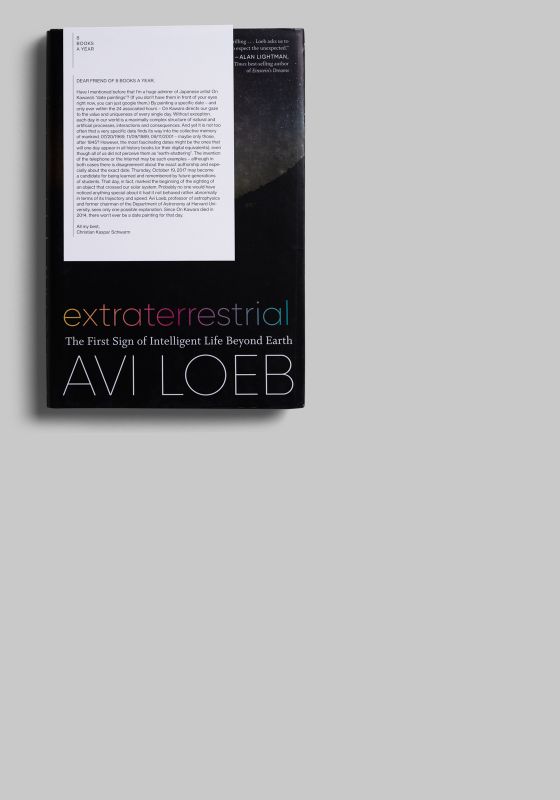MARCH 2016
Bill Maurer
How would You Like to Pay?
How Technology Is Changing the Future of Money
Duke University Press, 2015
DEAR FRIEND OF 8 BOOKS A YEAR,
After finishing school, my grandma Anna worked as a maid on a remote farm in the Bavarian mountains. It was a time of scarcity, but every February 2nd she got her annual wage of 20 German marks. Since she was given free board and lodging, she was able to save most of her money. After 12 years of hard work and a life full of privation, she suddenly heard of a threatening phenomenon going on in the distant cities: hyperinflation. The 27 year old woman grabbed her savings, borrowed the only bike around and drove from Obermurbach to the village of Lenggries as fast as she could. All she got there for 200 marks was 2 skeins of yarn. A little later, by November 1923, an American dollar was worth 4.2 trillion marks. As my grandma died before I was born, I could never ask her what effect this had on her. But we can imagine that her relationship to money was different than ours. Maybe hers was a more accurate one, unmasking money to reveal a mere agreement that functions only as long as all the players still agree. Today all the world’s money (including cash and checking deposits) is estimated to have a value of 28.6 trillion US dollars, with the market capitalization of all stock markets equal to 70 trillion. At the same time we face global debts of 199 trillion and – hardly conceivably – at least 630 trillion dollars for the size and scope of the global derivative markets. How many skeins of yarn would that be? This little book, written by an anthropologist, opens up a new perspective on money, describing it as a “chain of promises”. And it doesn’t forget the developing world, where most people are as far away from the stock exchanges as my grandma Anna was in her time.
All my best,
Christian Kaspar Schwarm
Bill Maurer
How would You Like to Pay?
How Technology Is Changing the Future of Money
Duke University Press, 2015
Read InscriptionDEAR FRIEND OF 8 BOOKS A YEAR,
After finishing school, my grandma Anna worked as a maid on a remote farm in the Bavarian mountains. It was a time of scarcity, but every February 2nd she got her annual wage of 20 German marks. Since she was given free board and lodging, she was able to save most of her money. After 12 years of hard work and a life full of privation, she suddenly heard of a threatening phenomenon going on in the distant cities: hyperinflation. The 27 year old woman grabbed her savings, borrowed the only bike around and drove from Obermurbach to the village of Lenggries as fast as she could. All she got there for 200 marks was 2 skeins of yarn. A little later, by November 1923, an American dollar was worth 4.2 trillion marks. As my grandma died before I was born, I could never ask her what effect this had on her. But we can imagine that her relationship to money was different than ours. Maybe hers was a more accurate one, unmasking money to reveal a mere agreement that functions only as long as all the players still agree. Today all the world’s money (including cash and checking deposits) is estimated to have a value of 28.6 trillion US dollars, with the market capitalization of all stock markets equal to 70 trillion. At the same time we face global debts of 199 trillion and – hardly conceivably – at least 630 trillion dollars for the size and scope of the global derivative markets. How many skeins of yarn would that be? This little book, written by an anthropologist, opens up a new perspective on money, describing it as a “chain of promises”. And it doesn’t forget the developing world, where most people are as far away from the stock exchanges as my grandma Anna was in her time.
All my best,
Christian Kaspar Schwarm












































